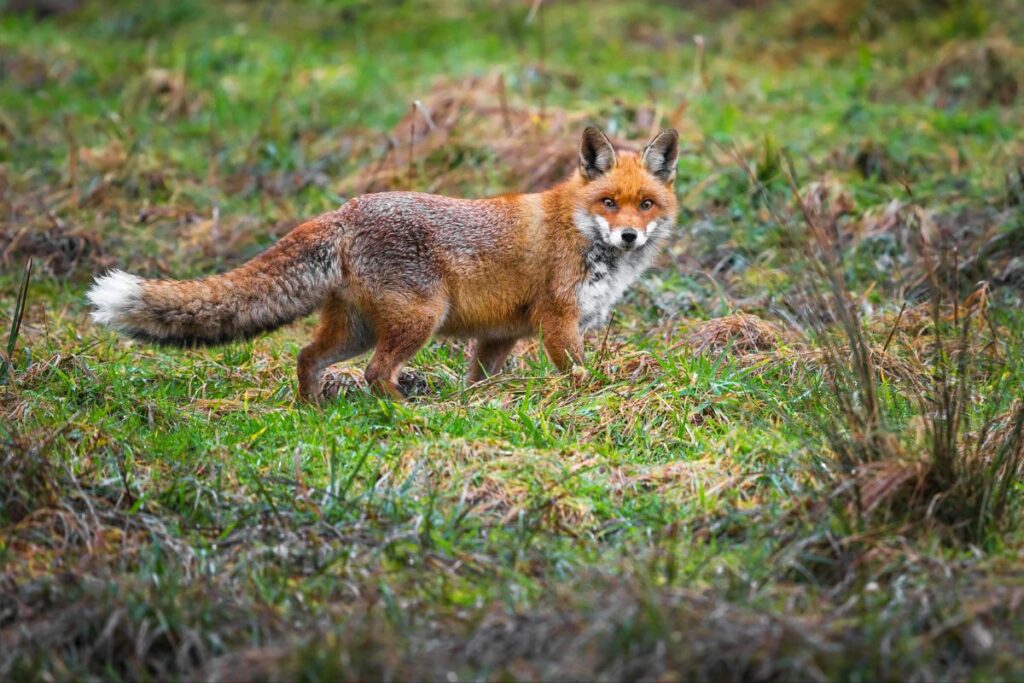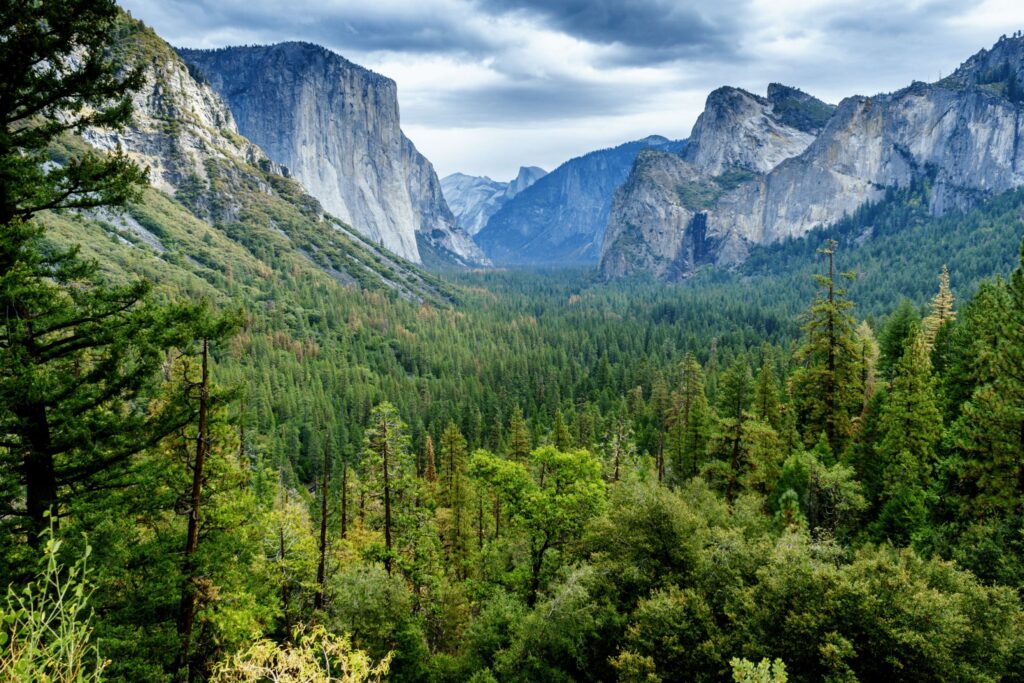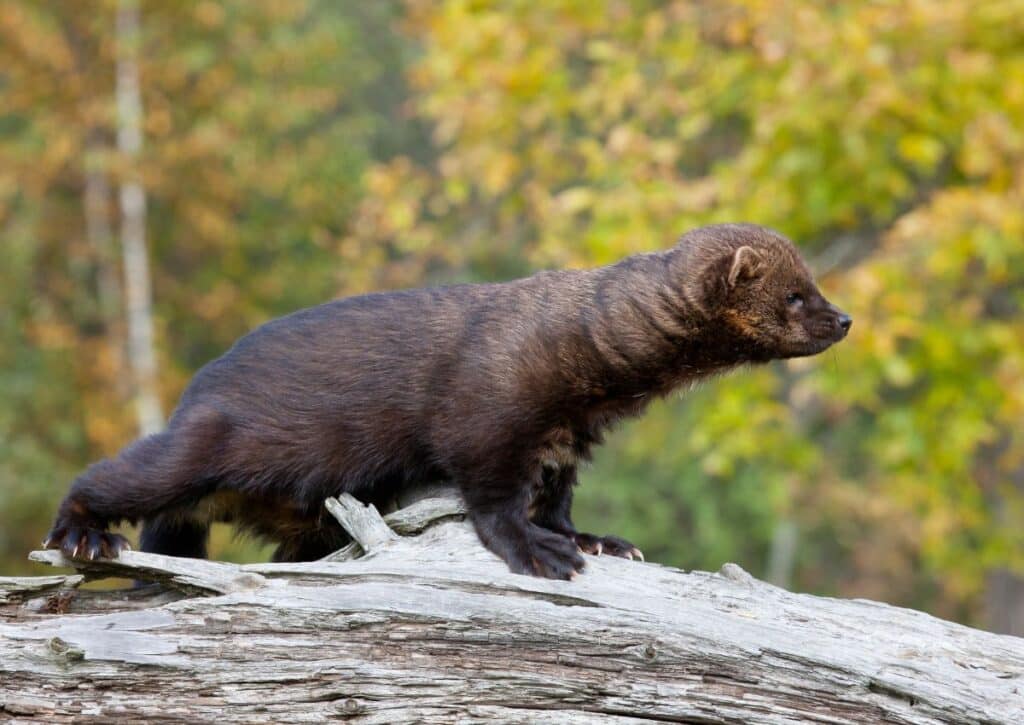Spot Yosemite's Wildlife in Upper Pines Campground; an exciting camping and wildlife guide.
Strap in for an exciting escapade at Upper Pines Campground! Here, every rustle and chirp is a call to adventure.
With your eyes peeled for black bears or ears tuned to the screech of a bald eagle, this isn’t your average camping trip—it’s a live-action nature show.
We’ll guide you through spotting Yosemite’s most famous residents, ensuring you camp smart, stay safe, and enjoy the wild side of Sierra Nevada. Ready to meet the locals up close? Let’s go wild!
Animals and Birds Seen at the Upper Pines Campground, Yosemite
Black Bears
These iconic animals can be found throughout Yosemite National Park, including in Upper Pines Campground.
They are most commonly seen in the early morning and late evening hours, and visitors should always be cautious and follow proper bear safety protocols.
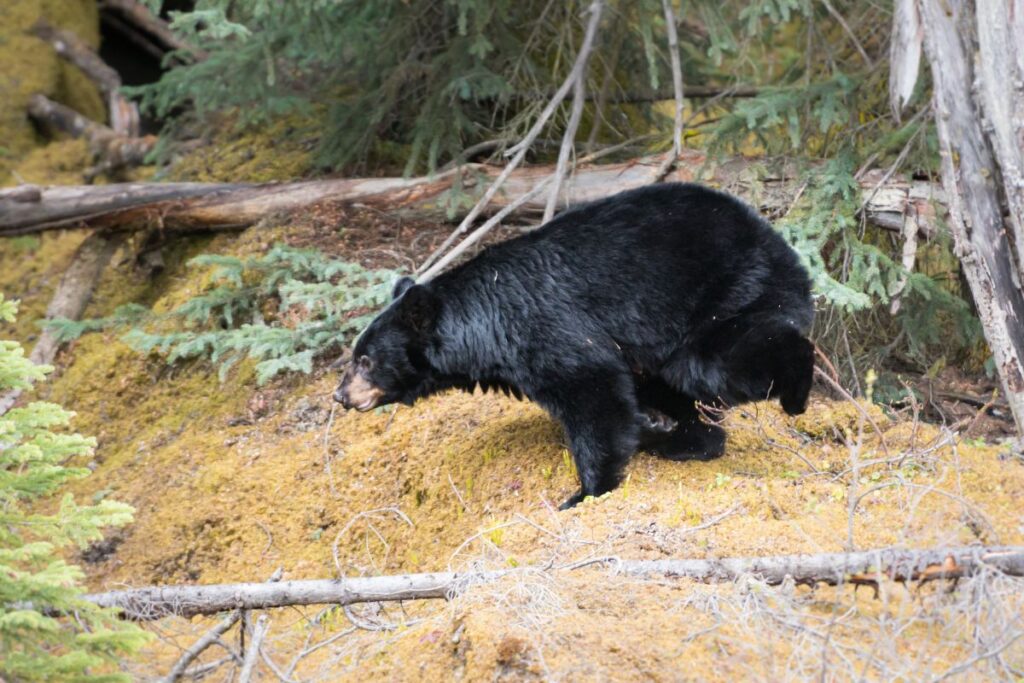
Black bears are omnivores, feeding on a variety of foods such as berries, nuts, and insects.
They can also become habituated to human food if it is not properly stored or disposed of, which can lead to dangerous encounters.
Coyotes
Coyotes are adaptable predators that are often seen in and around Upper Pines Campground.
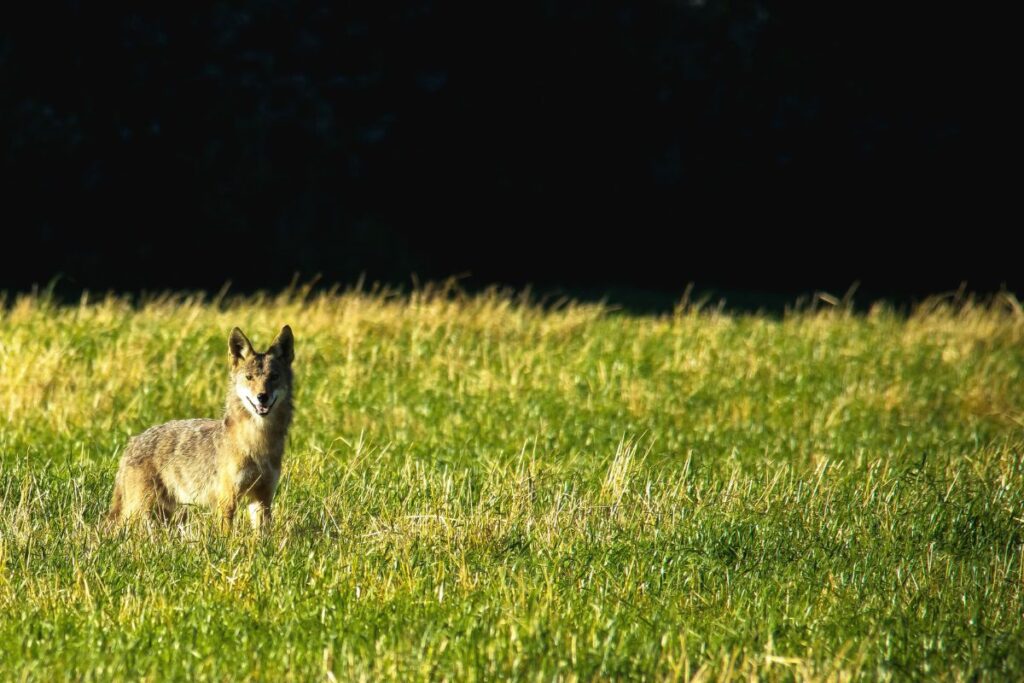
They are most active at dawn and dusk, and can often be heard yipping and howling in the evening.
Coyotes are opportunistic feeders, feeding on a variety of prey including rodents, rabbits, and even carrion.
Visitors should never feed or approach coyotes, as they can become habituated to humans and may become a danger.
Mountain Lions
These elusive predators are rarely seen in the park, but have been known to inhabit the area around Upper Pines Campground.
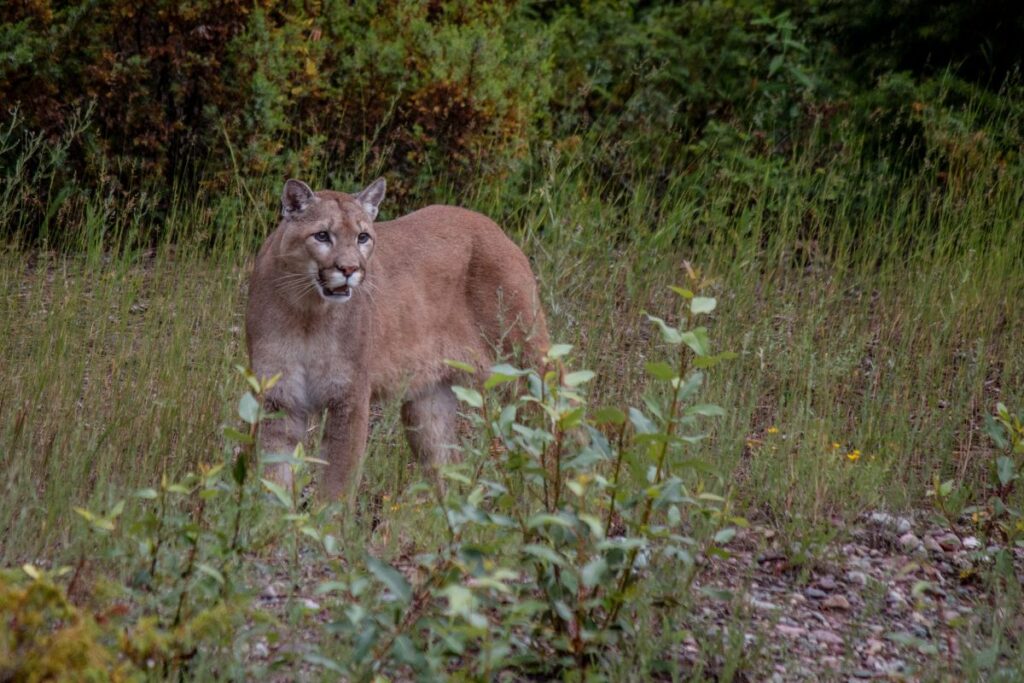
Mountain lions are solitary animals and primarily feed on deer and other small mammals. Visitors should be aware of their surroundings and avoid hiking alone at dawn or dusk.
Mule Deer
These graceful creatures are a common sight in the meadows and forests around Upper Pines Campground.
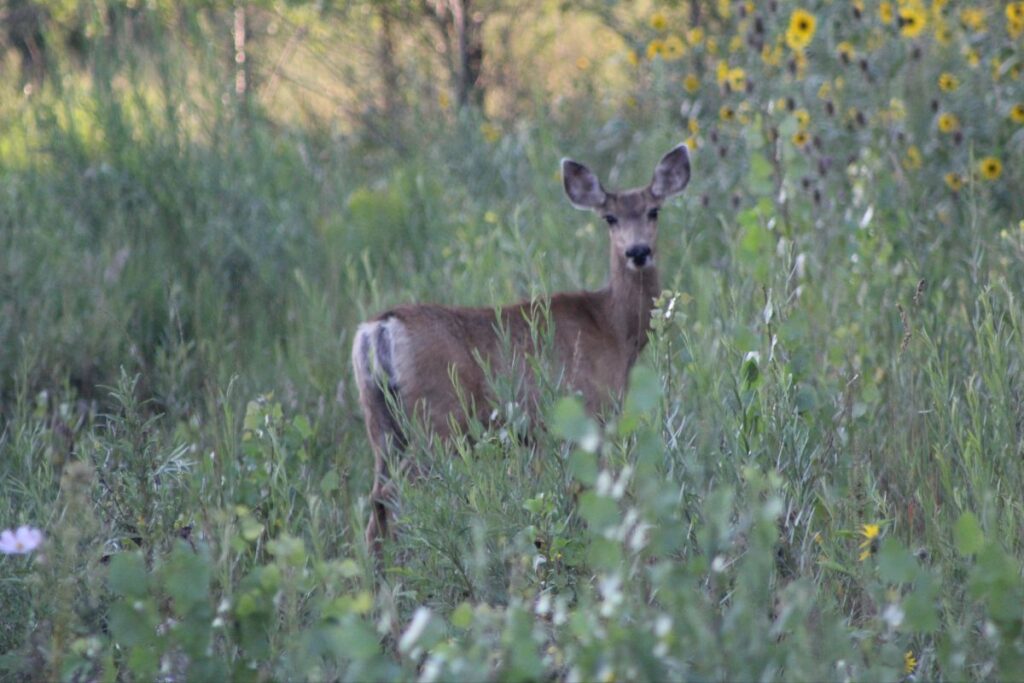
They are most active at dawn and dusk and can often be seen grazing on vegetation. Mule deer have excellent hearing and vision, which helps them detect predators such as mountain lions and coyotes.
Gray Foxes
These small, nocturnal predators are occasionally spotted around the campground, often on the prowl for small mammals like rodents and rabbits.
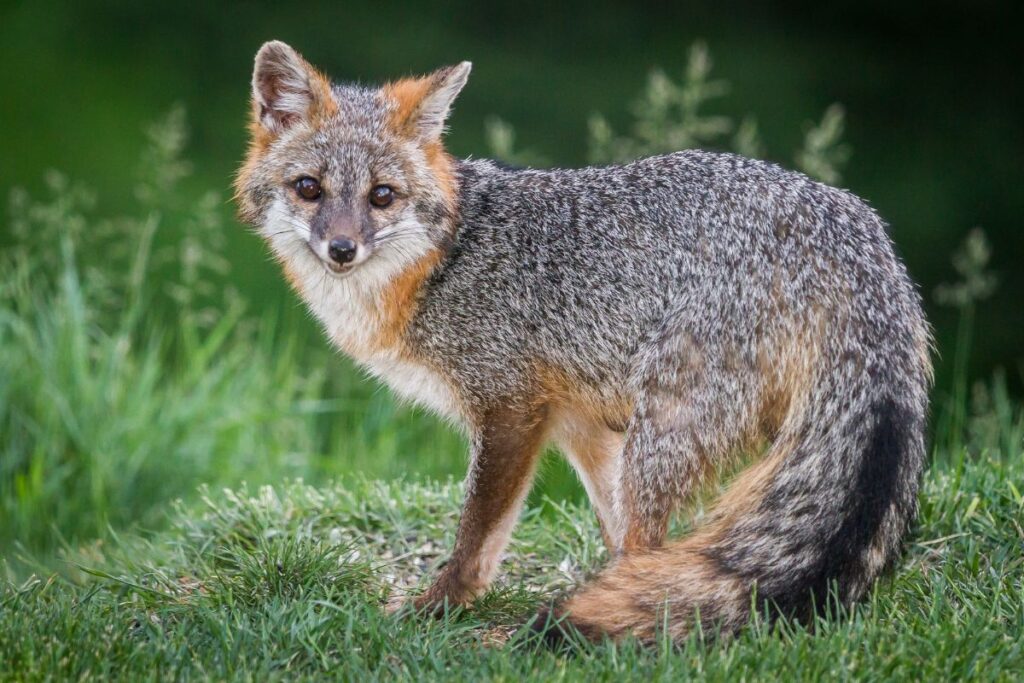
Gray foxes are unique in that they are one of the few species of canids that can climb trees.
American Martens
These small, tree-dwelling mammals are elusive and rarely seen, but their presence is often signaled by the sound of their distinctive calls at night.
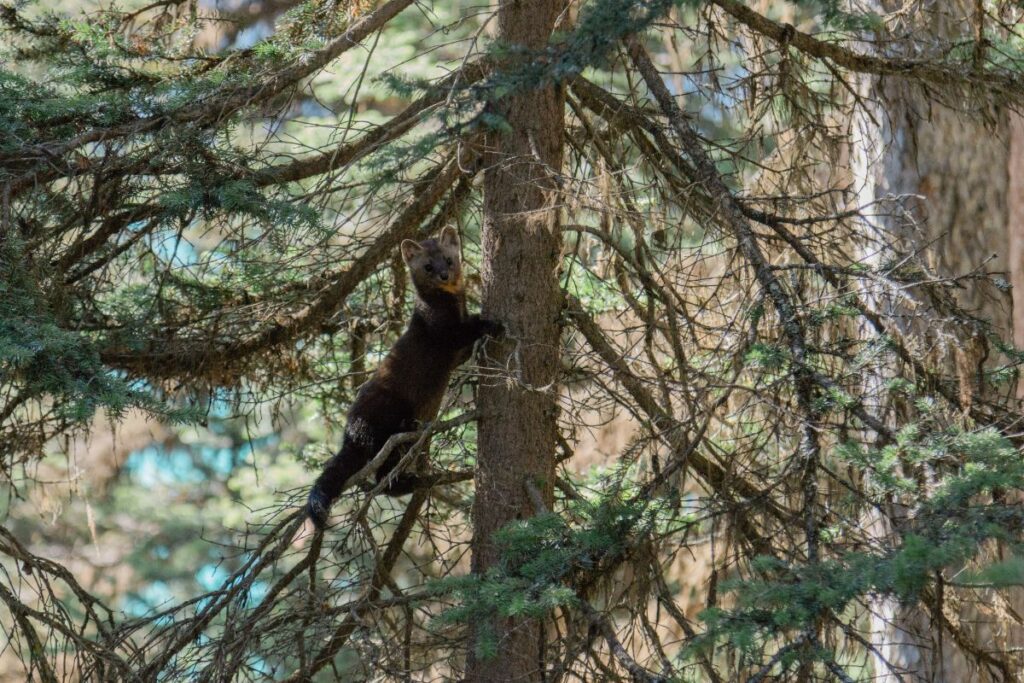
American martens are omnivores, feeding on a variety of foods including small mammals, birds, and fruits.
Red-Tailed Hawks
These large birds of prey can often be seen circling high above Upper Pines Campground, hunting for small mammals and other prey.
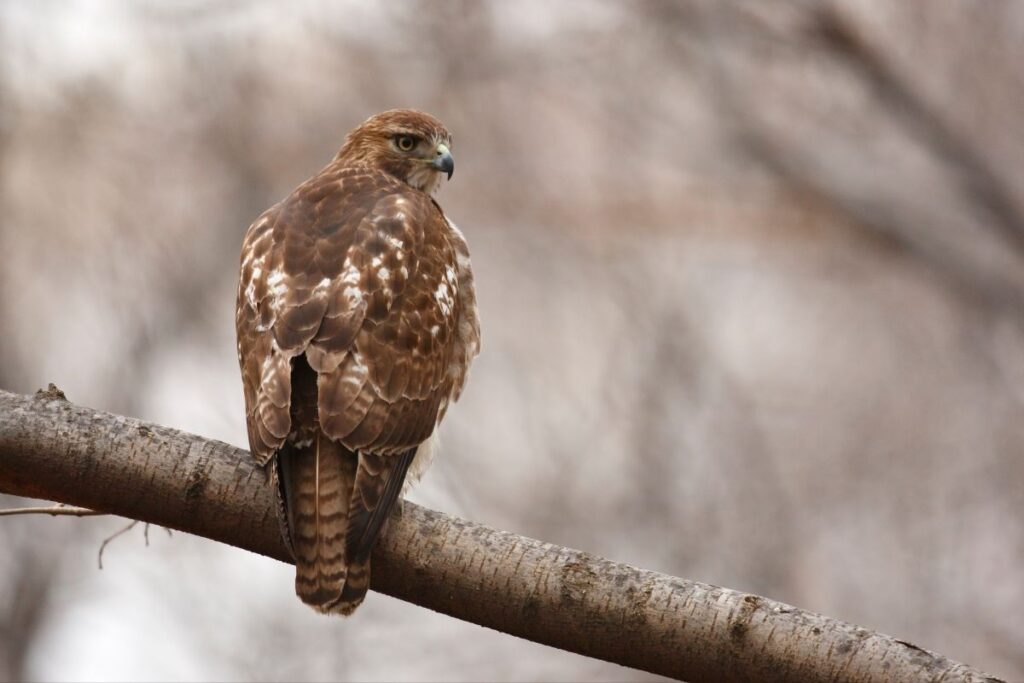
They are most active during the day and can be easily identified by their distinctive reddish-brown tails.
Bald Eagles
These majestic birds are a rare sight in the park, but visitors to Upper Pines Campground may be lucky enough to spot one soaring overhead.
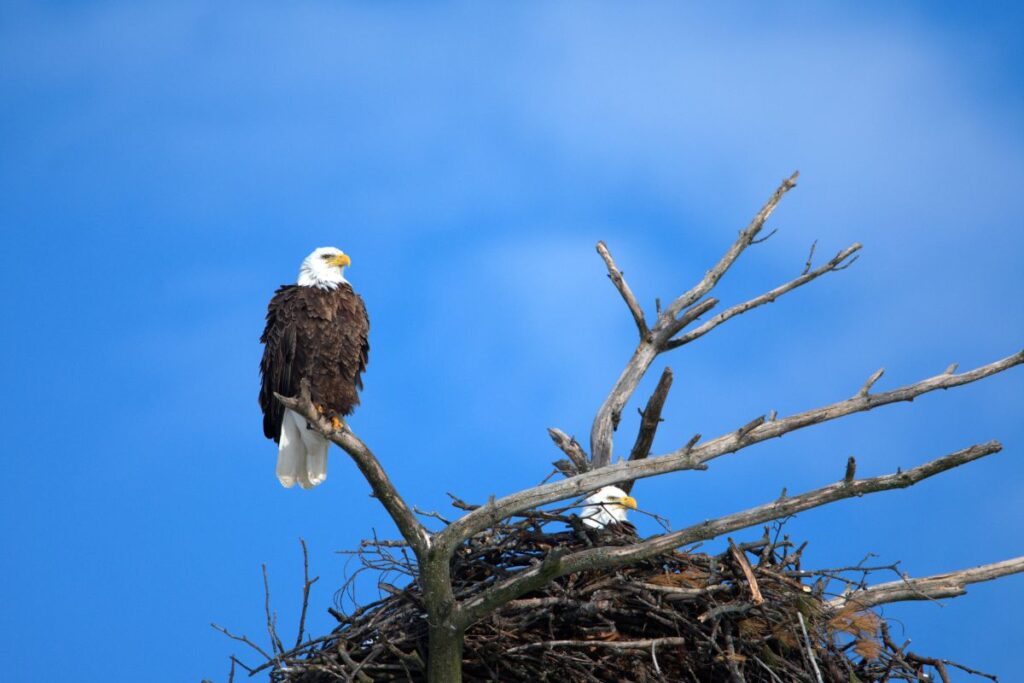
Bald eagles are opportunistic feeders and primarily feed on fish, though they will also take small mammals and other prey.
Steller’s Jays
These stunning blue and black birds are a common sight in the campground, and their raucous calls can often be heard echoing through the trees.
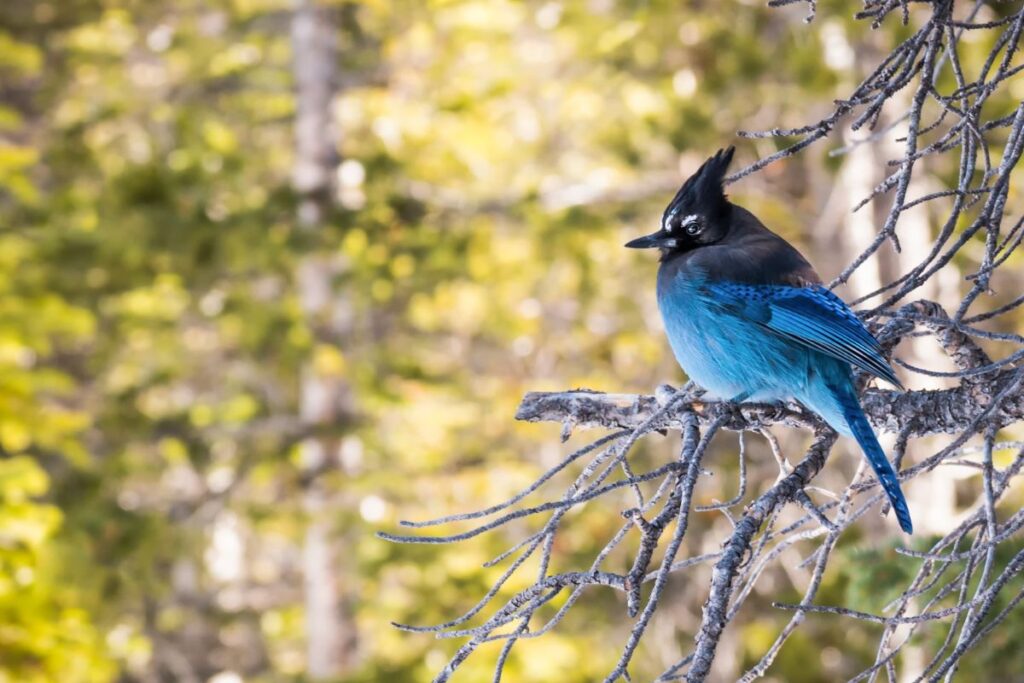
Steller’s jays are omnivores, feeding on a variety of foods including insects, seeds, and fruit.
Clark’s Nutcrackers
These intelligent birds are often seen scavenging for food around the campsite, and their distinctive calls are a familiar sound in the park.
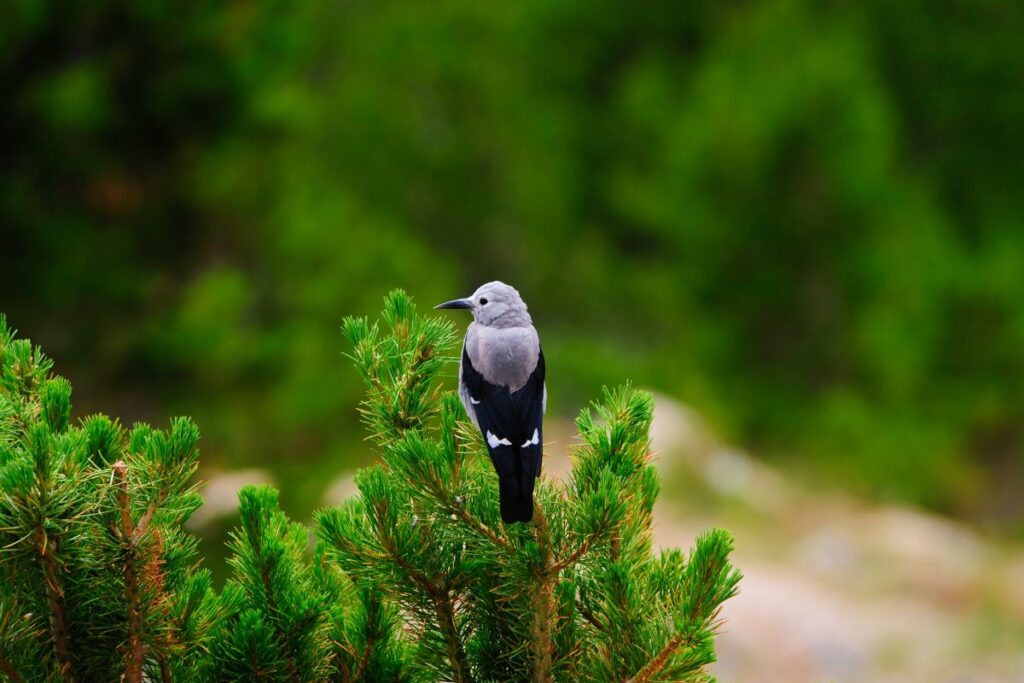
Clark’s nutcrackers are unique in that they have a specialized pouch in their throat that they use to store seeds.
American Dippers
These small, aquatic birds are commonly seen along the rivers and streams in the park, often diving into the water in search of food.
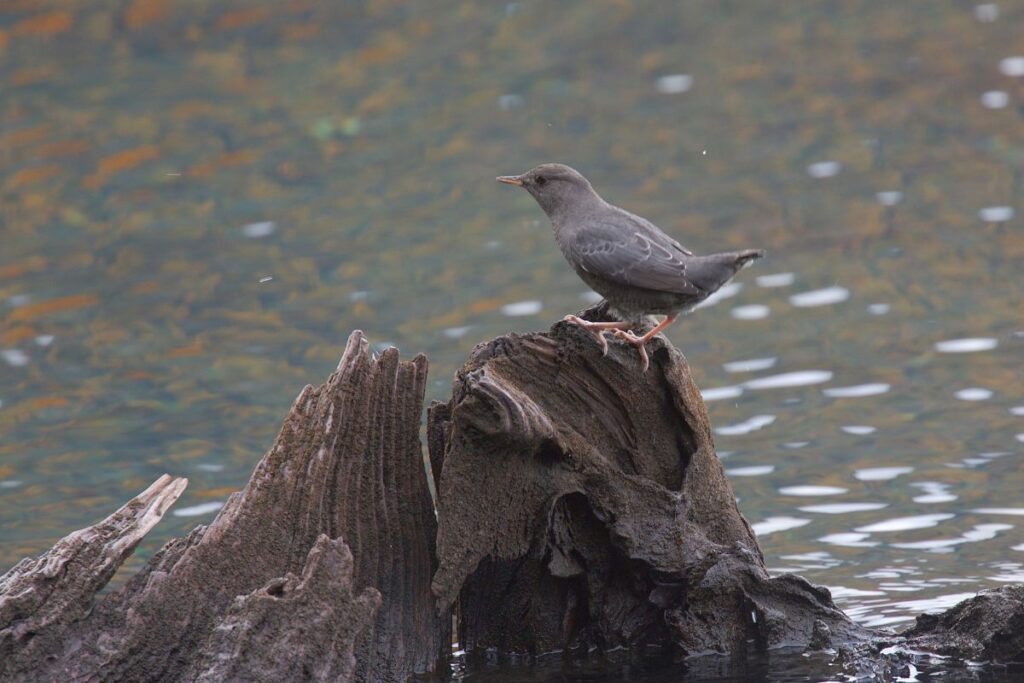
American dippers are unique in that they are one of the few bird species that can swim underwater.
Western Tanagers
These brightly colored birds are a stunning sight, with their vibrant orange and yellow plumage contrasting against the green forest canopy.
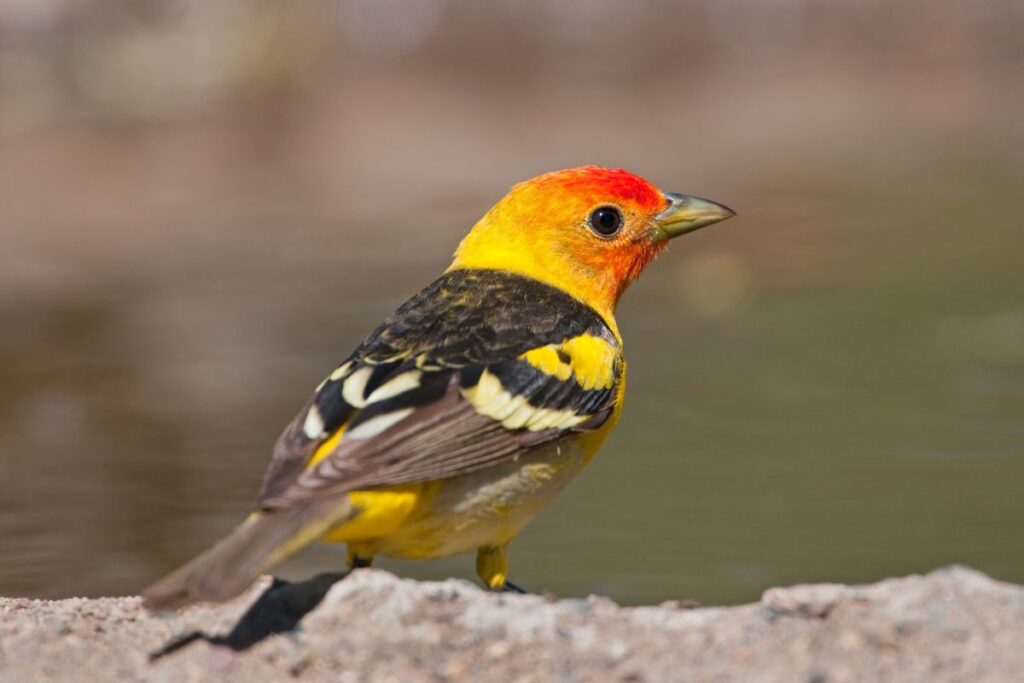
They are often seen flitting through the trees in search of insects and fruit, and can be found in Upper Pines Campground during the spring and summer months.
California Quail
These small game birds are often seen scurrying around the campsite, feeding on seeds and insects.
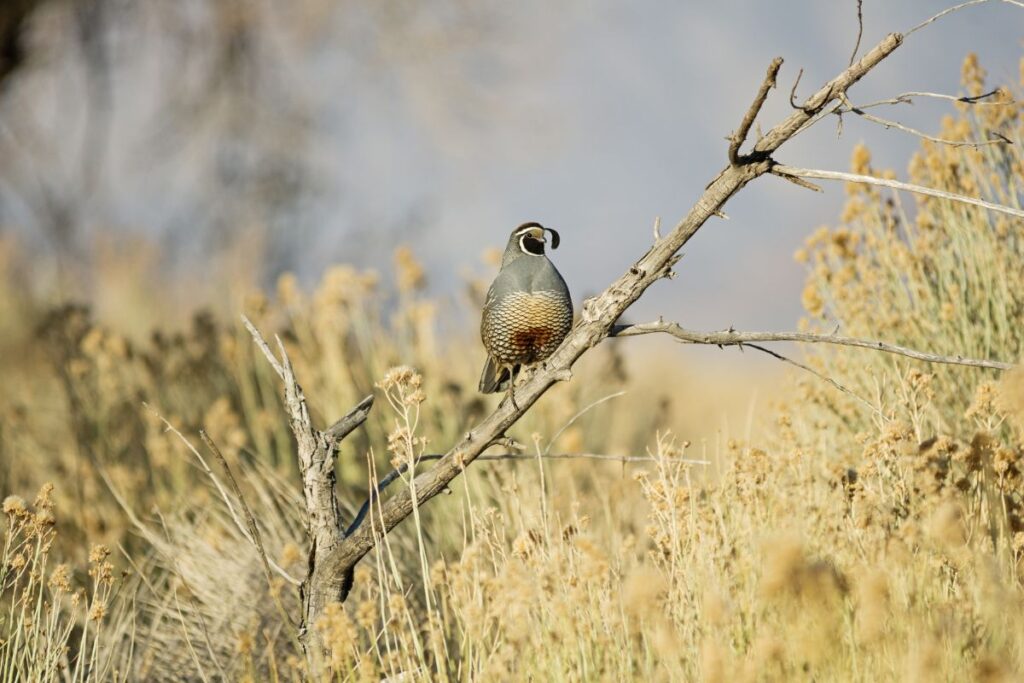
California quail are known for their distinctive “chi-ca-go” call, which can often be heard in the early morning hours.
Mountain Chickadees
These tiny, charismatic birds are a common sight in the park, and their cheerful calls are a familiar sound in the campground.
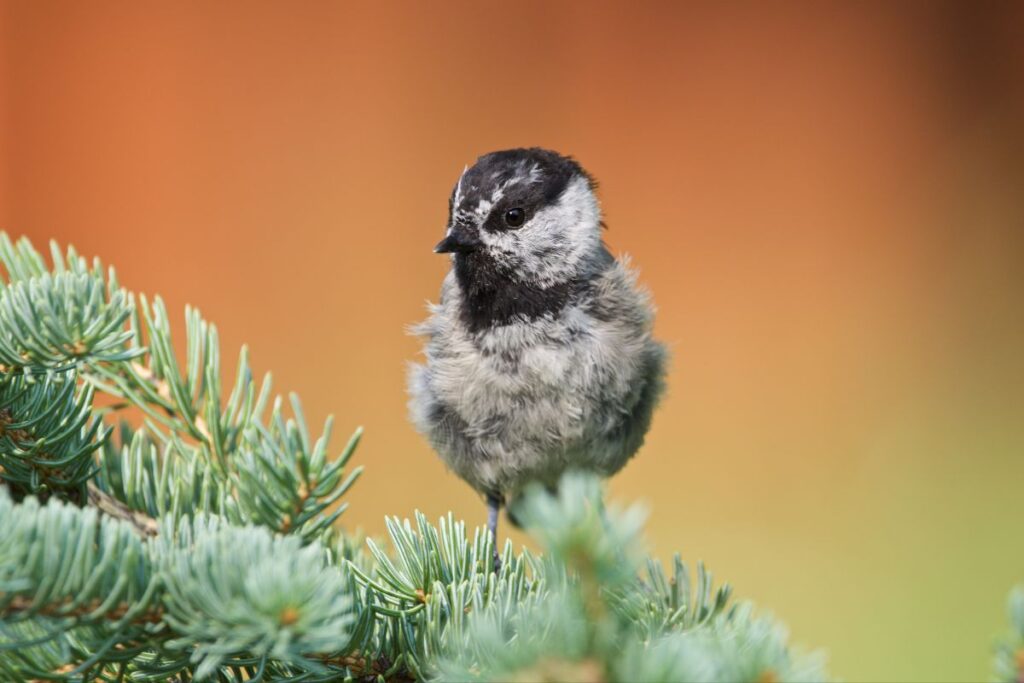
Mountain chickadees are non-migratory, meaning they can be found in the park year-round. They primarily feed on insects and seeds.
Pine Grosbeaks
These beautiful birds are often seen perched in the trees around the campsite, feeding on seeds and berries.
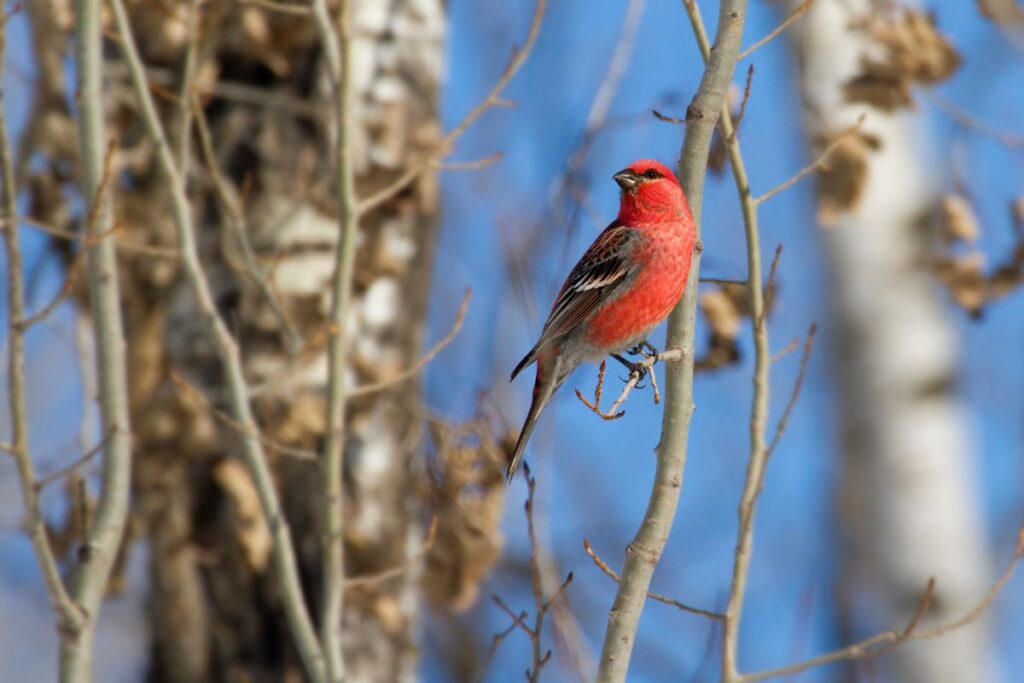
Pine grosbeaks are known for their striking red and pink plumage, which makes them easy to spot in the forest.
When visiting Upper Pines Campground, it’s important to remember that these animals and birds are wild and should be treated with respect.
Visitors should never approach or attempt to feed any wildlife, as this can be dangerous for both humans and animals.
Additionally, it’s important to practice proper bear safety at all times, including storing food in bear-proof containers and never leaving food unattended.
Tips to seeing wildlife in Upper Pines Campground, Yosemite
Be Patient
Seeing wildlife in their natural habitat takes time and patience. It’s important to allow enough time to explore the park and to be patient while waiting for animals and birds to appear.
Go Early or Late
Many animals and birds are most active during the early morning and late evening hours. Visitors who want to increase their chances of seeing wildlife should plan their activities accordingly.
Stay Quiet
Loud noises and sudden movements can scare off wildlife. Visitors should stay quiet and move slowly and calmly while exploring the park.
Bring Binoculars
Binoculars can be a valuable tool for spotting wildlife from a distance. They can also help visitors observe animals and birds without getting too close.
Know Where to Look
Some animals and birds have specific habitats and behaviors. Visitors who are knowledgeable about the habits and habitats of the animals they want to see are more likely to spot them.
Attend Ranger Programs
Park rangers offer a variety of programs and guided tours that focus on wildlife in Yosemite.
Attending these programs can be a great way to learn about the park’s animals and birds and increase your chances of spotting them.
Be Respectful
It’s important to always remember that the animals and birds in Yosemite are wild and should be treated with respect.
Visitors should never attempt to feed or approach wildlife, and should always follow proper bear safety protocols.
By following these tips, visitors to Upper Pines Campground can increase their chances of seeing a variety of wildlife in Yosemite National Park.
However, it’s important to remember that wildlife sightings are never guaranteed, and visitors should always be respectful and mindful of the animals they encounter.
Camping tips keeping wildlife in mind
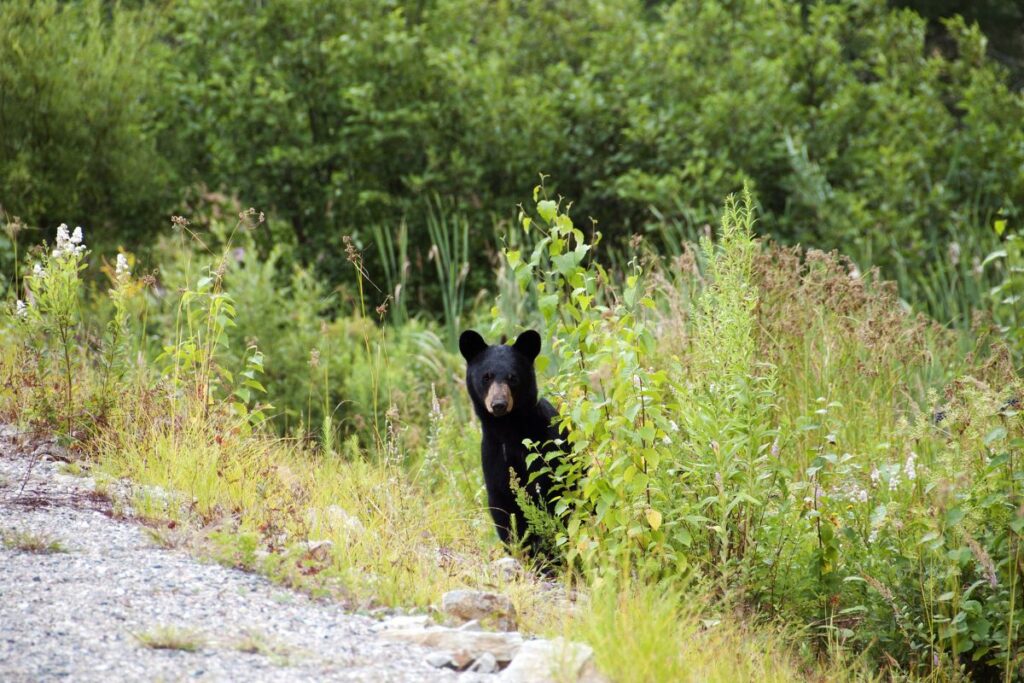
Store Food Properly
Food should always be stored in bear-proof containers, which are available for rental at the campground.
Never leave food unattended, and be sure to dispose of any garbage or food scraps in designated bear-proof dumpsters.
Keep a Clean Campsite
A clean campsite is less likely to attract wildlife. Be sure to clean up any food or crumbs immediately after eating, and keep cooking areas clean and free of food scraps.
Use Headlamps
When walking around the campground at night, it’s best to use headlamps rather than flashlights.
This allows visitors to see where they are going while minimizing the amount of light and noise that could disturb wildlife.
Avoid Using Scented Products
Scented products such as perfumes, deodorants, and insect repellents can attract wildlife.
Visitors should avoid using these products or should use scent-free alternatives.
Keep a Safe Distance
Visitors should never approach or attempt to touch wildlife. A safe distance should be maintained at all times, and visitors should observe animals and birds from a distance using binoculars or a telephoto lens.
Respect Quiet Hours
Quiet hours are from 10 PM to 6 AM in the campground. Visitors should be mindful of noise levels during this time to avoid disturbing wildlife and other campers.
Follow Ranger Recommendations
Park rangers are knowledgeable about the habits and habitats of the animals in Yosemite.
Visitors should follow their recommendations for staying safe around wildlife, and should attend ranger programs to learn more about the park’s wildlife.
By following these camping tips, visitors to Upper Pines Campground can help minimize their impact on wildlife and enjoy a safe and respectful camping experience.
Remember, wildlife sightings are never guaranteed, but by being respectful and mindful, visitors can increase their chances of observing these magnificent animals and birds in their natural habitat.
Conclusion
Upper Pines Campground in Yosemite National Park is a unique and beautiful destination for those who love wildlife and nature.
From majestic black bears to stunning red-tailed hawks, visitors to Upper Pines Campground have the opportunity to witness a variety of wildlife in their natural habitat.
By following the camping tips and guidelines for respecting wildlife, visitors can enjoy a safe and respectful camping experience while observing the natural beauty of Yosemite.
A trip to Upper Pines Campground is a truly unforgettable experience and one that is sure to inspire a deeper appreciation and respect for the natural world around us.

